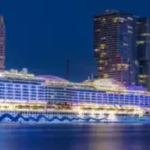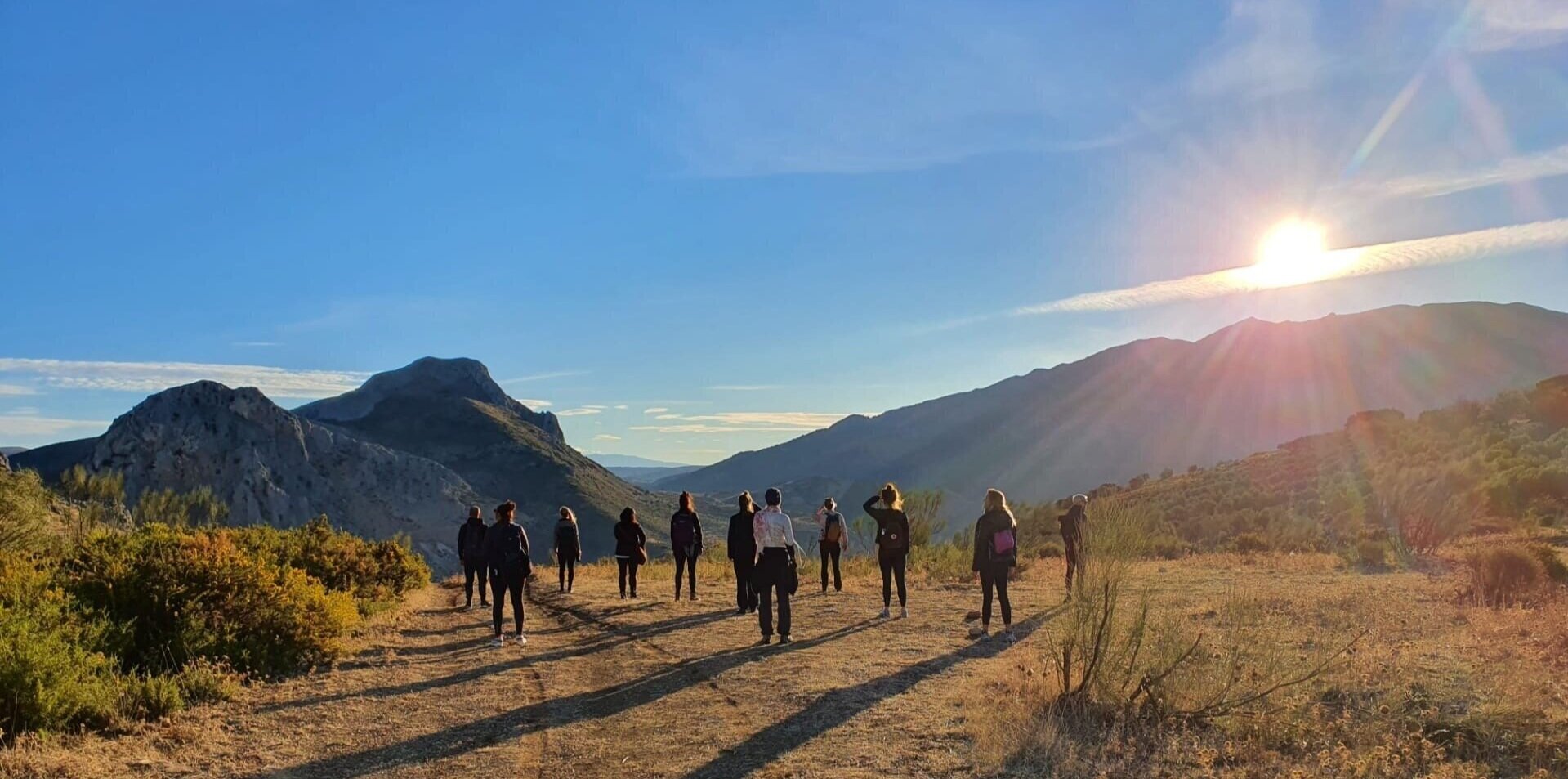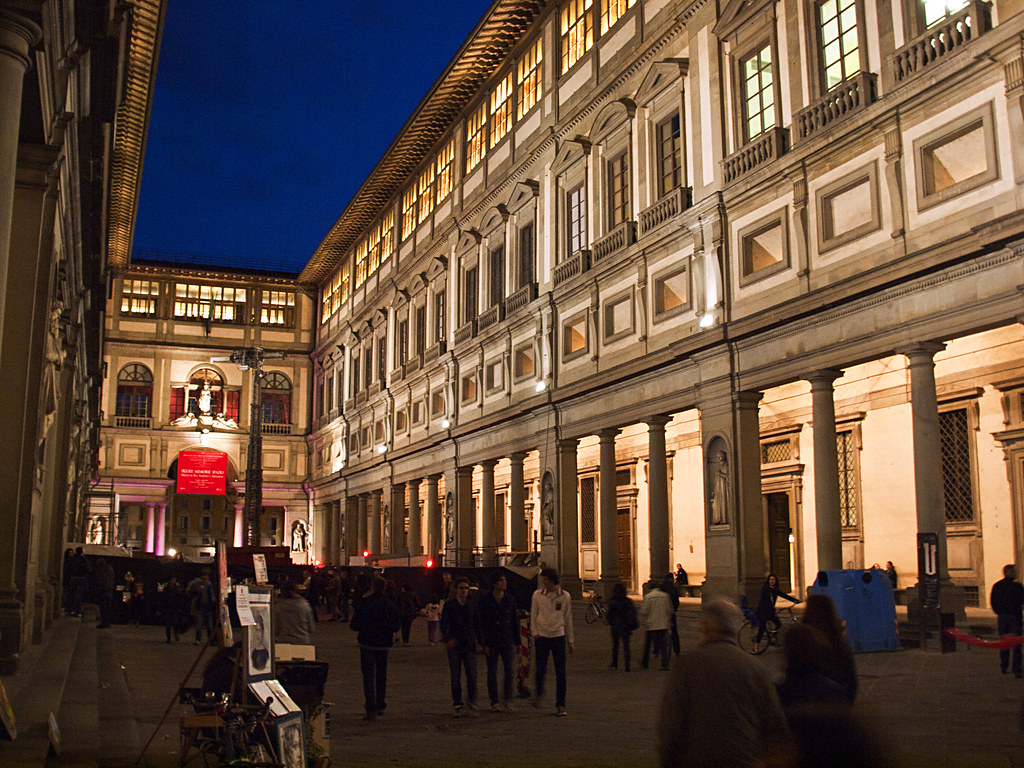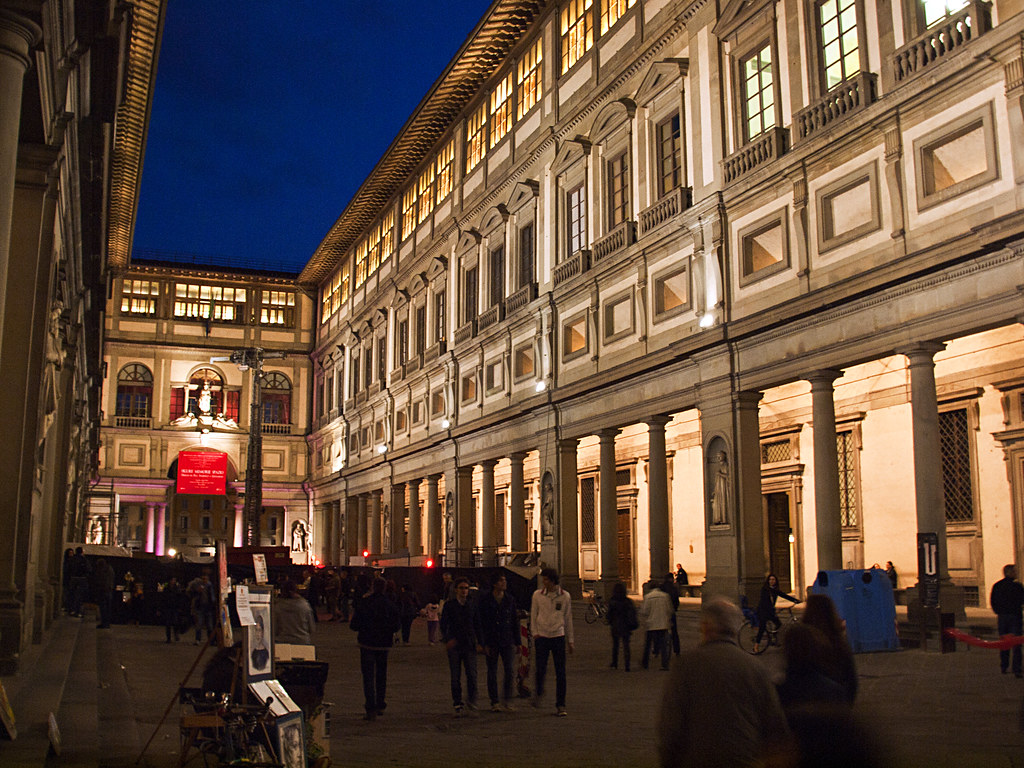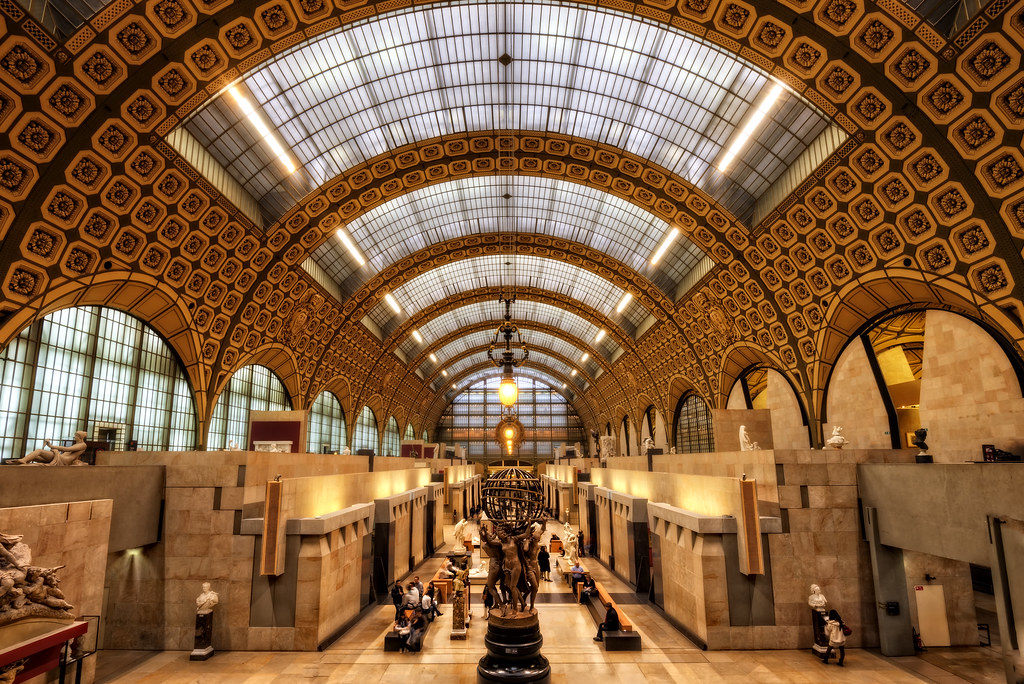Visitor’s Guide to Kanazawa, often referred to as “Little Kyoto,” is one of Japan’s best-preserved historical cities, yet it remains less crowded than its more famous counterpart, Kyoto. Located on the western coast of Honshu, Visitors guide to Kanazawa is renowned for its Edo-period samurai districts, exquisite gardens, and thriving arts and crafts scene. Rich in culture and history, this charming city provides a peaceful blend of old and new Japan, making it a perfect destination for travelers seeking a more intimate Japanese experience.
1. Getting to Kanazawa
Kanazawa is accessible from major cities like Tokyo, Kyoto, and Osaka.
- By Train: The Hokuriku Shinkansen (bullet train) connects Tokyo to Kanazawa in approximately 2.5 to 3 hours. If you’re coming from Kyoto or Osaka, take the Thunderbird Limited Express, which takes around 2 hours and 30 minutes from Osaka.
- By Air: The nearest airport is Komatsu Airport, about 40 minutes by bus from Kanazawa. Komatsu offers domestic flights from Tokyo and other Japanese cities as well as international flights from destinations like South Korea and Taiwan.
2. Top Attractions in Kanazawa
Kenrokuen Garden: One of Japan’s Most Beautiful Gardens
A trip to Kanazawa wouldn’t be complete without visiting Kenrokuen Garden, one of the “Three Great Gardens of Japan.” Originally the outer garden of Kanazawa Castle, Kenrokuen was designed to embody the six ideal attributes of a traditional landscape garden: spaciousness, tranquility, artificiality, antiquity, abundant water, and broad views.
Strolling through Kenrokuen, you’ll encounter picturesque ponds, stone lanterns, seasonal flowers, and carefully manicured trees. One of the highlights is the iconic Kotojitoro Lantern, which is gracefully positioned beside the pond, often photographed with snow in winter or cherry blossoms in spring. If you’re visiting in the winter, don’t miss the Yukitsuri, an intricate system of ropes supporting tree branches to protect them from heavy snowfall.
Kanazawa Castle: A Symbol of Feudal Power
Adjacent to Kenrokuen is Kanazawa Castle, another must-visit attraction. While much of the original castle was destroyed by fire, the reconstructed Ishikawa Gate, Hishi Yagura (watchtower), and Gojukken Nagaya (storehouse) showcase the architectural grandeur of the feudal period.
The sprawling castle grounds are perfect for a leisurely stroll, offering panoramic views of the city from its elevated stone walls. The Seisonkaku Villa, a stately mansion built for the Maeda family (the ruling clan of Kanazawa), is also worth visiting for its elegant rooms, exquisite lacquerware, and garden.
Higashi Chaya District: Step Back in Time
Kanazawa’s well-preserved Higashi Chaya District is where you can experience the city’s traditional chaya (teahouse) culture. Walking along its narrow, cobblestone streets lined with wooden buildings, you’ll feel like you’ve stepped back into the Edo period. Many of these buildings are still functioning teahouses, where geishas used to entertain guests with music and dance.
Be sure to visit the Shima Teahouse, a former geisha house now converted into a museum, offering a glimpse into the life and culture of geishas. For a unique experience, enjoy a cup of matcha tea while soaking in the historic ambiance at one of the teahouses.
This district is also famous for gold leaf, a traditional Kanazawa craft. Many shops sell gold leaf-covered items, from souvenirs to foods like gold-leaf ice cream.
Nagamachi Samurai District: Explore Samurai Residences
The Nagamachi Samurai District gives visitors a rare opportunity to explore the homes and streets where samurai once lived. This area, located near the city center, is characterized by narrow lanes, mud walls, and water-filled canals, evoking the peaceful atmosphere of Kanazawa’s samurai past.
One of the highlights here is the Nomura Samurai House, a well-preserved samurai residence with beautiful gardens and displays of traditional samurai armor, weapons, and artifacts. Wandering through the rooms and gardens offers a glimpse into the lifestyle of the warrior class during the Edo period.
21st Century Museum of Contemporary Art: Where Tradition Meets Modernity
While Kanazawa is steeped in history, it also embraces modernity with the 21st Century Museum of Contemporary Art, a striking circular building that houses a range of cutting-edge contemporary art exhibitions. The museum’s architecture, designed by Kazuyo Sejima and Ryue Nishizawa, is as much a part of the experience as the art itself.
One of the most famous installations here is Leandro Erlich’s “Swimming Pool,” an interactive piece that allows visitors to look into what appears to be a full-size swimming pool, with people standing underneath it. The museum’s diverse collection and rotating exhibits make it a great place for art lovers looking to explore Japan’s vibrant contemporary art scene.
3. Cultural and Craft Experiences
Kanazawa Gold Leaf: A Shimmering Tradition
Kanazawa produces over 99% of Japan’s gold leaf, a delicate craft that has been passed down for generations. You can explore the intricate process at local workshops and try your hand at creating your own gold-leafed souvenirs. Kanazawa’s Hakuza shop offers a fascinating look into the production process and sells unique gold-leaf products, including cosmetics, tableware, and even gold-leaf sake.
Kutani Ware: Kanazawa’s Porcelain Legacy
Kutani ware, a style of Japanese porcelain originating from the nearby Kutani region, is another traditional craft worth exploring. Known for its vibrant colors and intricate designs, Kutani pottery has been a part of Kanazawa’s cultural heritage since the 17th century. Visitors can tour workshops or take part in pottery-making classes to create their own souvenirs.
4. Local Cuisine: What to Eat in Kanazawa
Kanazawa’s cuisine is heavily influenced by its proximity to the Sea of Japan, providing access to fresh seafood.
- Kaisen-don: Kanazawa is famous for its kaisen-don, a rice bowl topped with an assortment of fresh seafood. You can enjoy this at Omicho Market, Kanazawa’s bustling seafood market. Known as “Kanazawa’s kitchen,” Omicho Market is the best place to sample seasonal fish and shellfish, including crab, yellowtail, and sea urchin.
- Jibuni: This local specialty consists of duck or chicken simmered in a flavorful broth of soy sauce, sake, and sugar. The meat is coated in starch, giving the dish a unique texture and richness.
- Gold Leaf Ice Cream: One of Kanazawa’s quirkiest and most luxurious treats is gold-leaf ice cream. A soft-serve vanilla ice cream cone covered in a delicate sheet of edible gold leaf is a must-try for visitors to the city.
5. Practical Tips for Visiting Kanazawa
- Getting Around: Kanazawa’s city center is compact and easy to navigate on foot or by bicycle. For longer distances, the Kanazawa Loop Bus is a convenient option, offering two routes that cover most of the city’s major attractions.
- Best Time to Visit: Kanazawa is beautiful year-round, but spring and autumn are especially pleasant. In spring, the cherry blossoms at Kenrokuen are stunning, while autumn brings vibrant red and orange foliage. Winter, though cold, transforms the city into a snowy wonderland, especially in Kenrokuen.
- Language: While some English is spoken at tourist sites, learning basic Japanese phrases can be helpful. Signage in Kanazawa is often in both Japanese and English, particularly around major attractions.
6. Day Trips from Kanazawa
If you have extra time, Kanazawa is a great base for exploring nearby attractions.
- Shirakawa-go: Just a few hours by bus from Kanazawa, the UNESCO World Heritage site of Shirakawa-go is known for its traditional gassho-zukuri farmhouses, with steep thatched roofs designed to withstand heavy snowfall.
- Noto Peninsula: For those seeking a more rural experience, the Noto Peninsula offers scenic coastal drives, rugged landscapes, and quiet fishing villages.
Conclusion
Kanazawa is a hidden gem that offers an enchanting mix of historical charm, traditional culture, and modern attractions. Whether you’re wandering through samurai districts, marveling at the beauty of Kenrokuen Garden, or enjoying the local cuisine, Kanazawa provides a rich and immersive experience that showcases the best of Japan’s past and present. Far from the crowds of Tokyo or Kyoto, this city offers a more peaceful, intimate glimpse into Japanese life and culture.
For more detail click here: https://frolicbeverages.com/

